The Living Beings of the Evenacht
In the Evenacht, ghosts and living beings exist side by side. This is why it's called the evening lands instead of the lands of the dead (for the most part).
Research:
Umbrareign
by our teacherly scholar,
Yvazhera
Yvazhera
In this Research Document:
all images by Shade Melodique
unless otherwise stated
unless otherwise stated
There are nine subspecies of sentient living beings in the Evenacht. Scientists refer to them as Evenactus faelar (basically, 'Evenacht living'). In learned circles, they are collectively referred to as umbrareign (which means 'hidden from sun' in the ancient Talis language Selsevelene, as opposed to us dead, who are faelareign, which means 'life from sun'). Some use the term khestrak (Astrine, meaning 'cloud folk'). There is no preference, but certain populations who have long-seated animosity towards ghosts use khestrak, because their long-seated animosity towards the Astri is not as heavy.
Most commoners, whether living or ghost, use some form of 'natives of the Evenacht' or 'local living beings'. If one is uncertain which term to use, 'the living' is the accepted catch-all.
- The umbrareign:
- beghestern (rose-skin)
- chavosine (of the fur)
- evaki (the shimmering)
- glejeth (the diverse)
- hooskine (of the wing)
- mumosine (of the scale)
- naiazine (of the water)
- rufang (two hearts)
- strake (dragon-eyed)
Of Note:
- Appearances, length of life, and homelands differ drastically, so there are few common qualities found in each umbrareign subspecies. The two that receive the most attention are 1) they are sentient and 2) all give birth to live young.
- It is not a given that, other than general traits (two arms and two legs, etc), the offspring resemble their parents. Chavosine, mumosine and evaki tend to have children that more closely resemble their parents, but even among them, it is common to have offspring that look like descendants of another umbrareign.
- Why is that? newly deceased may ask. It is because every umbrareign can have children with any other (and, though very rare due to restrictions on travel between Talis and the Evenacht, they can have children with living faelareign, too. It means we are all family, however distantly related--something we all should remember).
- This diversity has unfortunately led to children with odd enough appearances, neither the mother nor the father's people will accept them. These beings typically end up at temples, in glejeth lands, or ghostly faun communities (where numerous members enjoy changing into what some consider monstrous forms).
- Therefore, the descriptions in this document are general with assumed variations. On Talis, these variations would likely be considered sub-subspecies, but that is not how the umbrareign think of them.
- If one wonders about the terminology, it comes from a time before spirits inhabited the Evenacht. The Astri enjoy taking credit, but the few references of references of references we have indicate that the divisions were created by a religious community who looked to a deity named Bajheeti for inspiration. According to them, Bajheeti created the Evenacht and all who reside there, and his dearest followers named them. And, strangely enough, Bajheeti translates into more recent languages as The Sun. This may be a ghostly influence, but if so, it's still odd. It gives more weight to the myth that Ga Son created Sensour, if peoples who reside in an ever-cloud environment still consider The Sun a viable divine.
Beghestern
Beghestern are three to four times the height of a typical faelareign. They possess crimson skin, heavy jowls, tusks, small eyes and horns that curve from their foreheads. They have black hair with either red, blue or purple highlights.
They come from the grasslands of Fading Light, either the Sun Plains, Death's Hand, or Mendercane, though they have now dispersed throughout the Evenacht. Still, the largest populations are found on Fading Light.
They are the most well-known Evenacht umbrareign (and not only because the Beast was beghestern). They are the traditional guards for the Evengates. This role makes them the first living beings ghosts encounter in the evening lands, which is a shame. The guards are not the politest of company, for obvious reasons.
- Beghestern:
- prefer to live in stone brick buildings
- are led by a wewak (war chief)
- have no cultural distinction between genders
- 1-2 children
- hunts are traditional events only conducted by the best archers
- farmers are considered the most important community members, behind warriors
- traditional guards of the Evengates
Yim-me shaman of the Mendercane grasslands
The Yim-me see themselves as wandering shamans, performing rituals and ceremonies for those who do not have a religious entity in their midst. They conduct generalized, feel-good services that tend to frolicking rather than solemness.
Chavosine
Chavosine are fae-like beings who walk upright on two legs with one knee, and possess two arms ending in hands with opposable thumbs. Their skin is covered by fur, and may or may not have hair on the top of their heads. Their appearance leans towards long noses (think horses, deer, wolves, etc), and can have hooves or paws. They almost always have tails.
They inhabit all parts of the Evenacht, with no consensus on an originating home.
Many newly deceased think chavosine are faun shape-changers when they first encounter them, and some mischief arises from this mistake.
- Chavosine:
- prefer shelters on the ground, but otherwise have a wide variety of homes
- leaders chosen by cultural norms
- have no cultural distinction between genders
- 1-5 children
- one of the more hospitable umbrareign
- tend to see healers and religious authorities as more important community members
- considered mischievous by other umbrareign and ghosts
Evaki
Basically, they are fae-like beings who walk upright on two legs. They have exposed skin and hair on the top of their heads with multiple eye/hair/skin color combinations. They have 4-6 fingers and toes.
The defining feature of evaki is a shimmer on the surface of their skin. This shimmer is beautiful and can appear unworldly, leading to mistaken identities as deities. In the far-distant past, the evaki would enter Talis and draw the unsuspecting to them through this ethereal look. Their victims thought they were syimlin or another divine being, but instead of a heavenly reward, they ended up in the Evenacht as servants, never to return to the world of the sun.
I first thought these tales folklore. Then I met descendants of an artist stolen away because of her beautiful work, and realized that, while rare, such terrible kidnappings did happen.
No umbrareign is as universally reviled as the Astri, but because they are the same subspecies, the hatred tends to rub off on other evaki. So, for the love of Death, do not mistake other evaki for the golden Astri.
- Evaki:
- love cities and larger communities, even though their homeland is the Mendercane grasslands on Fading Light
- leaders chosen by cultural norms
- have distinctions between social class and genders
- 1-12 children
- look more faelareign than most other umbrareign
- because Astri are evaki, they consider themselves the most important umbrareign in the Evenacht
- they are the umbrareign who get along best with ghosts, since they look more faelareign
Astri of the Di Numendizik House, Evening
Astri are universally reviled among the umbrareign, and few moreso than the Di Numendizik House. The Di Numendizik are the Astri leaders, and they keep the History Journals, the most complete history for any people in the evening lands. This includes several copies of the Pact.
Penta scholar, Evening
The penta are considered the most scholarly of the glejeth. They are known for a fierce, lifelong interest in whatever subject garnered their attention.
Glejeth
If an umbrareign population looks a little too scary, sounds a little too growly, has a few too many eyes, leans a little too animal-y or a little too plant-y, then they are considered glejeth. They are the most diverse group (hence, their name), and tend to live in the harshest outlying areas of the Evenacht because the other umbrareign drove them from settled lands.
Glejeth tend to larger sizes but are not necessarily gigantic, like beghestern.
The fear of glejeth is a shame, really. They produce the most scientists out of any native population because their curiosity is so intense. As a result, they create marvelous works of wonder, whether intellectual or physical, and these are found everywhere and used by everyone. Yes, that's right, the night-warmer that uses mist instead of flame to heat up a ghost's abode is a glejeth invention, and I will never do without it.
- Glejeth:
- take shelter wherever they can find it
- leaders chosen by cultural norms
- class has little meaning, gender has no meaning
- 1-8 children
- are used as guards due to their 'monstrous' appearance
- fiercely hospitable; being a bad host can be a death sentence
- accept outsiders because they, too, are relegated to the outside
Hooskine
As with the chavosine, they walk upright on two legs, though they may have more than one knee. They may or may not have arms and hands with opposable thumbs, but all have wings. Long feathers crown their heads. They tend to beaked noses of various types, though some have a more bat-like cast. All have talon feet, but unlike the birds they resemble, all have teeth.
Their shorter stature and lower weight allow for flight. Some, however, have taller, thicker legs suited for running, and they stay groundside instead of taking to the air.
As with the other upright walkers, they can be found far and wide across the Evenacht, but they claim the Quiet's eastern forests as their original homeland.
- Hooskine:
- prefer shelters above the ground, but otherwise have a wide variety of homes
- leaders chosen by cultural norms
- have no cultural distinction between genders
- 1-10 children
- flight is sacred to them, otherwise, they are as unreligious as a being can be
- their warriors are vicious, diving onto heads from the air
- wings are not just of the bird variety; some possess transparent, insect-like ones
Sheoths, drylands of the Ambermint
Sheoths tend to warmer, drier climes. They are the only known umbrareign to traverse the Voidlands and return alive, and they keep their route a secret. This lends their people a mysterious air they take full advantage of.
Mumosine
Much like the chavosine, the mumosine walk upright with two legs that have one knee, and two arms that end in hands with opposable thumbs. But instead of fur, these beings have scales or rough skin, and many possess horns and/or protrusions like spines etc. Their legs end in claws rather than paws, and depending on the place they originated, they may not have eyelids, but rather a film covering their eyes that provides protection (for instance, those from underwater peoples).
They have long noses with a reptilian/serpentine cast and tend to longer tails. They come from all corners of the Evenacht, though they prefer warmer lands and seas. There is no consensus on a particular homeland, though many point to the Sea of Winds.
- Mumosine:
- prefer shelters underground, but otherwise have a wide variety of homes
- leaders chosen by cultural norms
- have strict societal delineations based on gender and class
- 1-12 children
- regard non-Mumosine with suspicion
- many have venom, though it is only sanctioned in leadership duels
- have elaborate courtship rituals that focus on artistic creations in music and dance
Naiazine
Naiazine encompasses those whose origins can be traced to a watery environment (not all remain water-bound. The nomads of the Snake's Den, for instance, are now land-walkers, but their webbed fingers and toes belie a watery origin).
Naiazine can have scales, skin, fur, hair, no legs, multiple legs, tentacles, fins, eyes, no eyes, necks, no necks, and the list goes on. What they don't have are two torsos--if they do, they are considered rufang.
It's unfortunate, but like the glejeth, some subspecies are seen as monsters due to their appearance. Some of this is based on dubious tales of ocean-dwellers of humongous size attacking ships and sending the travelers to a watery grave, some due to a bias against umbrareign who do not have arms with hands/paws or legs with feet/hooves.
Often, when no obvious lean to another umbrareign is present, and the beings have a cast that more closely resembles faelareign than other umbrareign, they are considered naiazine.
- Naiazine:
- live in any environment, but most have a strong preference for watery environments
- leaders chosen by cultural norms
- tend to strong class distinctions
- 1-5 children
- some umbrareign consider several Naiazine to be faelareign rather than umbrareign, despite the fact they are living beings in the Evenacht, not ghosts
- many lost their home waters to nymphs or dryans, and resentment runs deep
Idda, of the Quiet's forests
Idda are notorious for their aggressive natures, and their outspoken hatred of the Astri for the long-ago pact. Many resent ghosts, and avoid contact when possible.
Rufang
Rufang translates to 'two hearts' for good reason. They have two torsos; one possesses the head and arms, the other is a longer barrel with four to six legs.
All else is a variant. Some have hair, some have scales. Some have tails, some have wings. Some have long arms, some short, some have hooves, some have paws, some have antennae, some have fangs.
Rufang claim the rainforest of Uka's Lament as their homeland, but evidence points to the Ulven Islands as their likely origin (the Healer's temple archives speak of the migration of rufang from the island mountains of the Ulven after a disagreement over land. The rufang spread into the southern rainforest of the continent and beyond, and large populations are now found throughout the Evenacht).
- Rufang:
- will live wherever they can place an abode, but are fond of rural areas
- have leaders chosen by cultural norms, but usually a warrior or religious authority
- have no cultural distinction between genders
- 1-6 children
- known for aggression and are considered the most warlike of the umbrareign
- are territorial
- are the fleetest of the umbrareign, whether on land or in the water. They run over twice as fast as faelareign, and swim three times faster
Strake
The strake are what most faelareign would call dragons. What constitutes a dragon in the Evenacht? That's an excellent question because dragons come in all shapes and sizes, some with fur, some with scales, some with wings, some with no legs, some with fangs, some with stubby noses. Most are huge, some are faelareign-size. Some walk on two legs, some on four. What they do possess in common are elliptical pupils and superior magical ability (all umbrareign with elliptical pupils, whether vertical or horizontal, are considered strake).
Strake, whether large or small of stature, are strong. Physical strength correlates with raw magical ability, so the stronger one is, the more magically gifted.
Strake myth claims that the first of their kind arose from the molten earth during the initial creation of the Quiet, the originating continent of the Evenacht. So they have no homeland because they are wholly of the Evenacht. As you might imagine, other umbrareign are not impressed with the story, which has caused hard religious feelings with the beghestern and evaki for millennia lost to count.
- Strake:
- prefer shelters on the ground, but otherwise have a wide variety of homes
- leaders chosen by intellectual battles, which favor elders
- class distinctions based on magic ability, with those who manipulate the natural world at the top
- 1-3 children
- take their caretaker role seriously, to the point they will battle umbrareign who harm the natural world
- strongest magic among the living; many are spiritesti
- umbrareign that might seem a natural fit in another group (those who have a cat-like or goatish appearance) are considered strake, and the strake are very covetous of them
Now that I've explained the nine ombrareign, there's one thing more my ghostly readers need to know--almost no one uses these distinctions in a forthright manner but for scholars and researchers.
While many beings are proud of their ancestry, ethnicities, cultures and religions play a far greater role in creating distinctions and differences. Still, if you assume an umbrareign is from one subspecies when they hail from another, it is considered rude, and some take it as a major insult. If you ask them, it is considered rude, and some take it as a major insult.
This is especially aggravating becaue you can't rely on appearance to differentiate (remember when I said that children do not necessarily look like their parents?). The best advice: don't bring it up unless the umbrareign you are speaking with does. Stick to cultures, which are easier to ascertain due to clothing, hair styles, and mannerisms.
Want to know more about the faelareign? See Lorgan's Notes on Ghosts of the Evenacht
You can learn more about the Nevemere, too The Nevemere


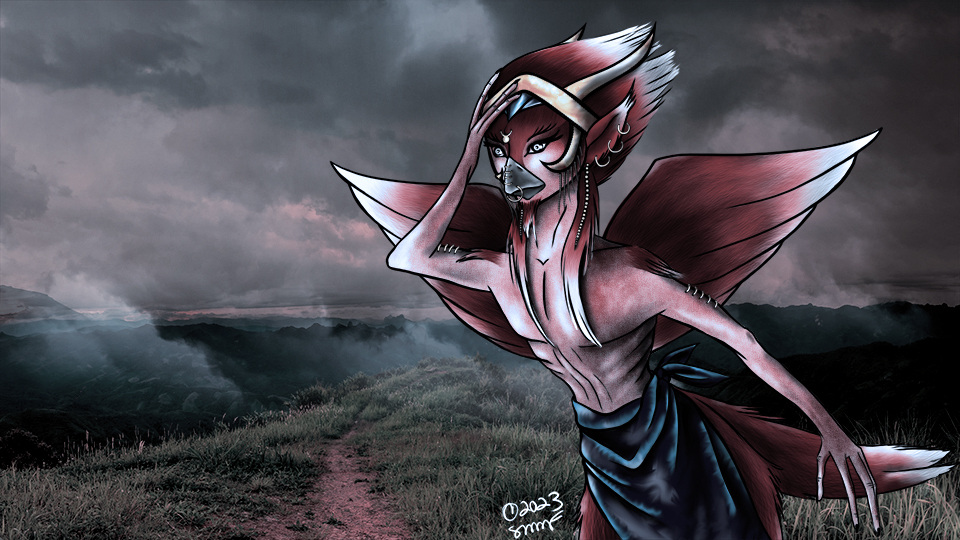

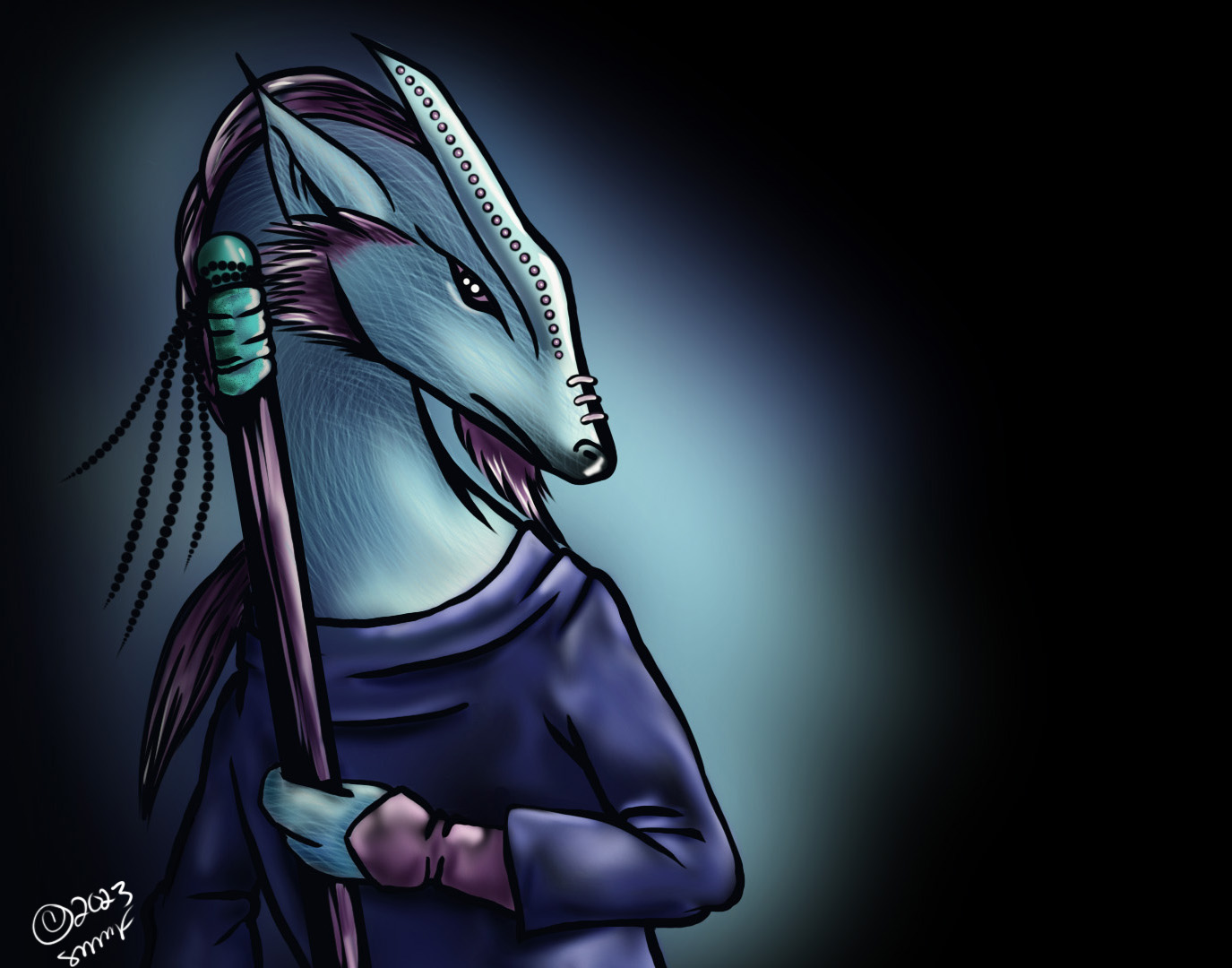
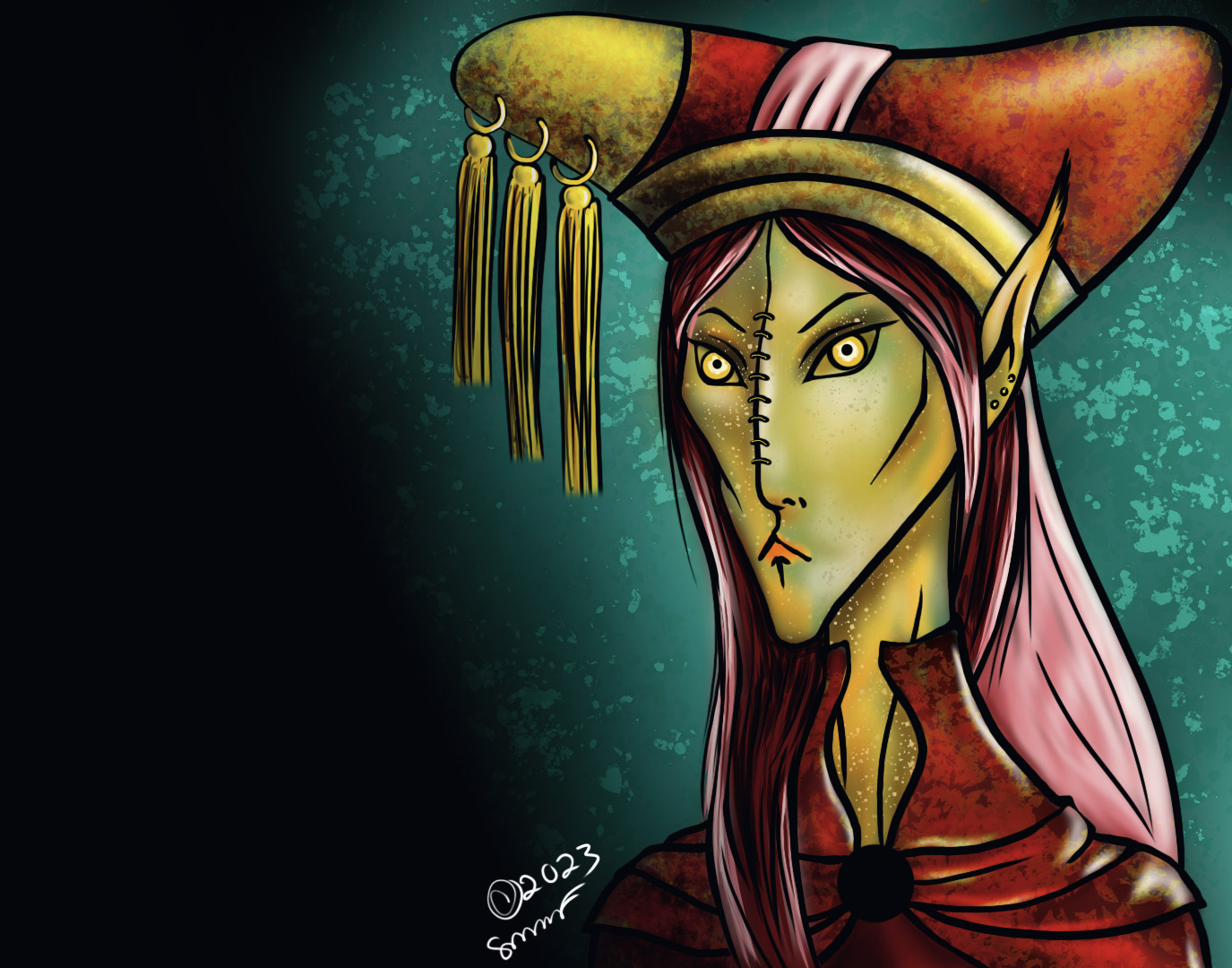
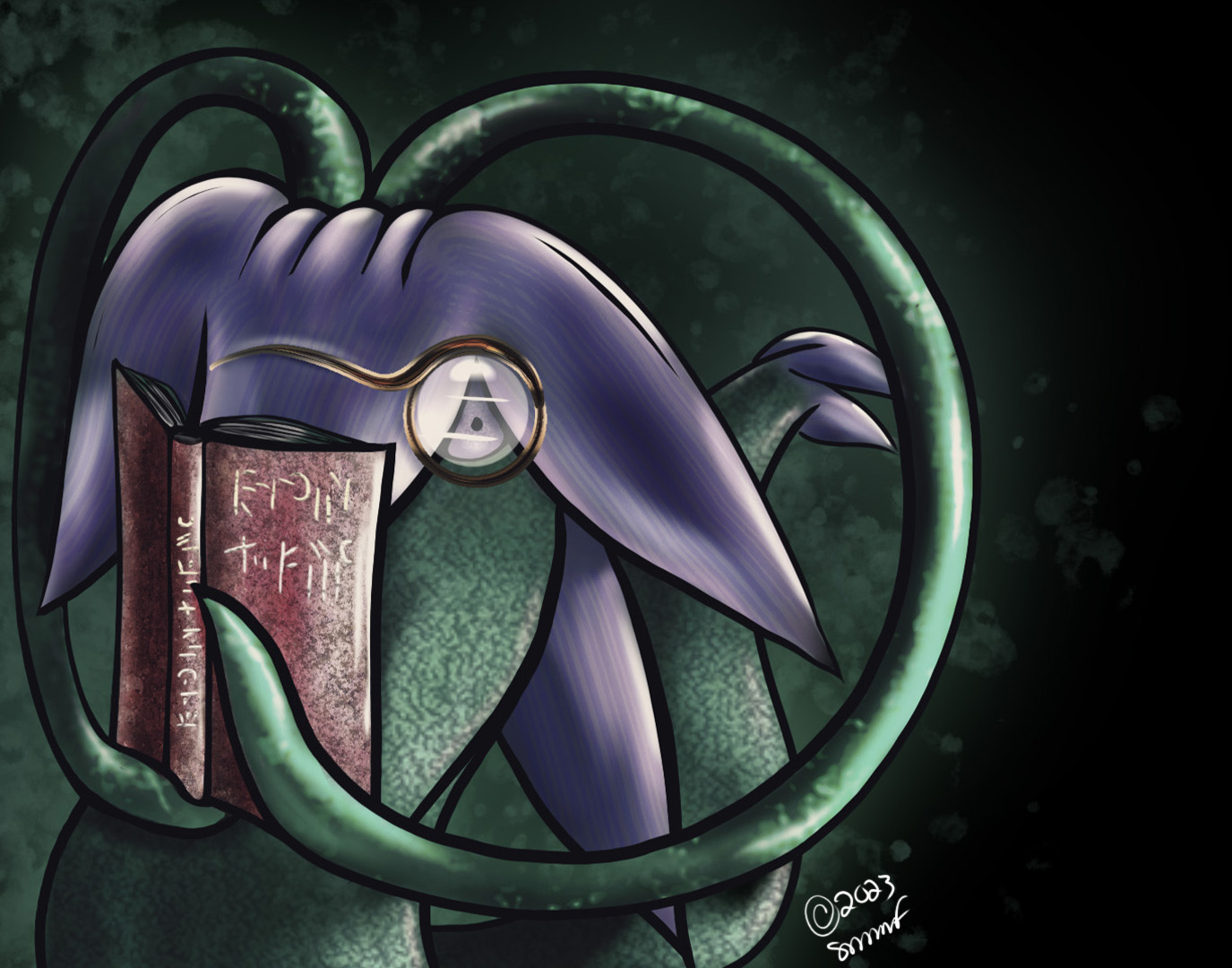
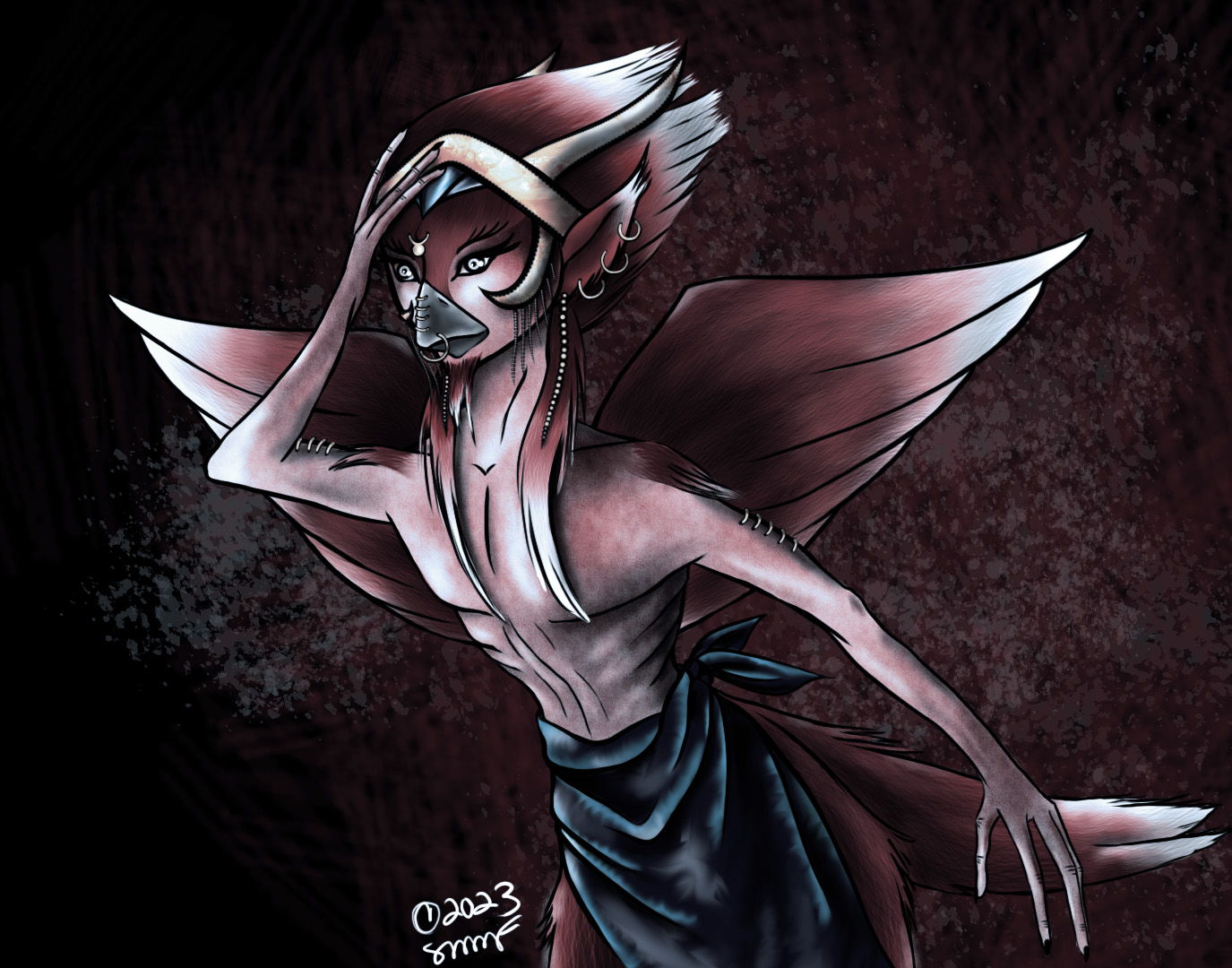
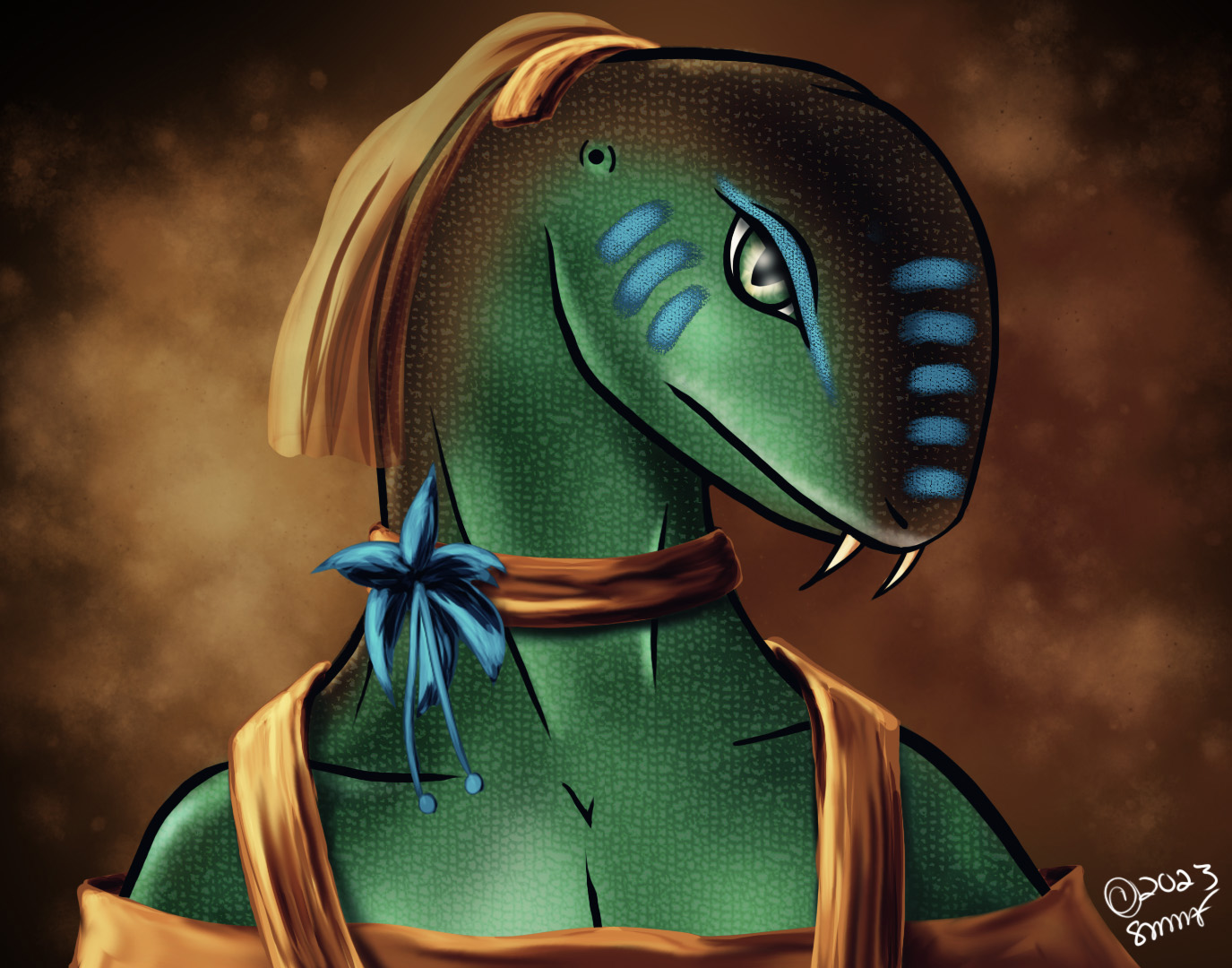
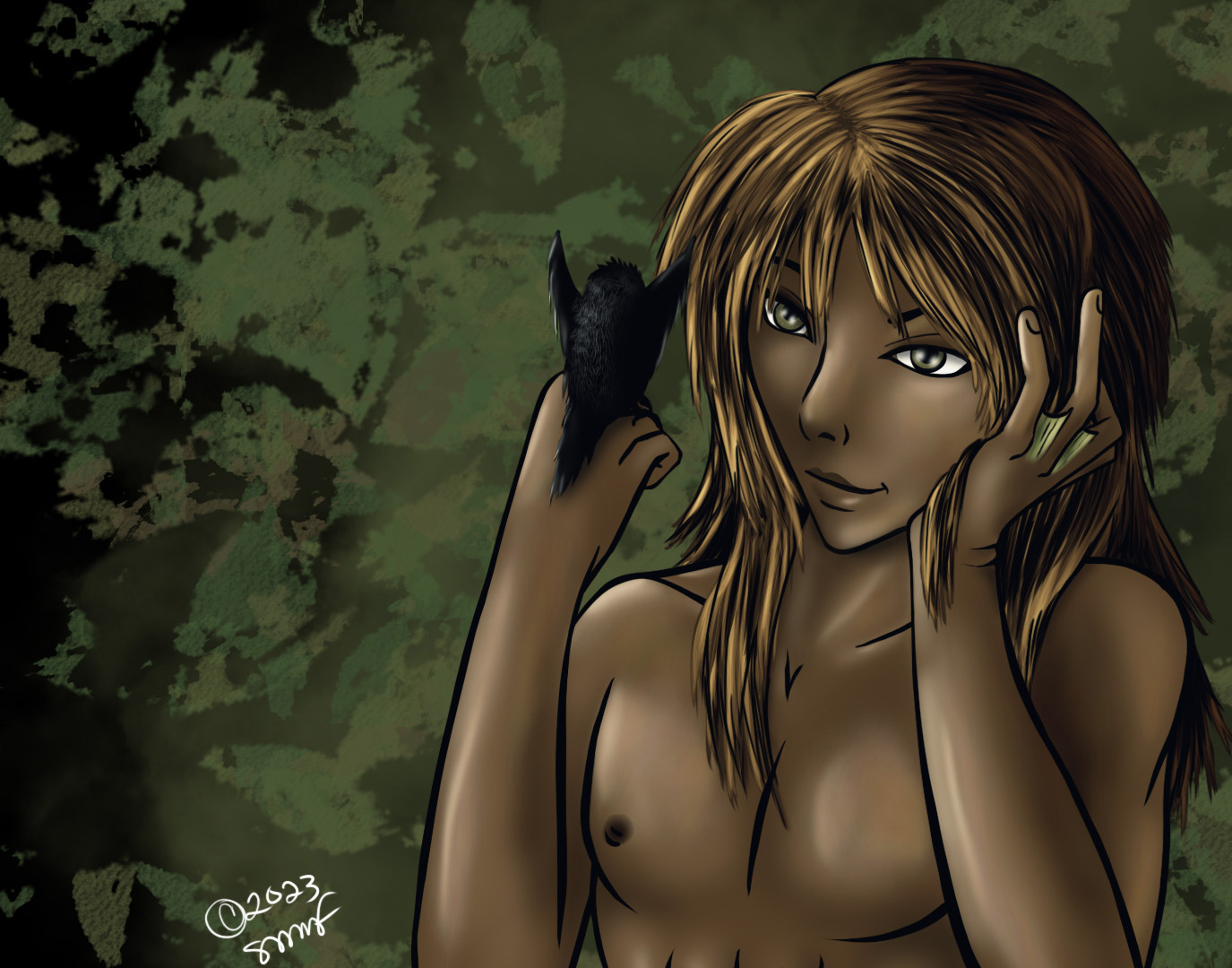
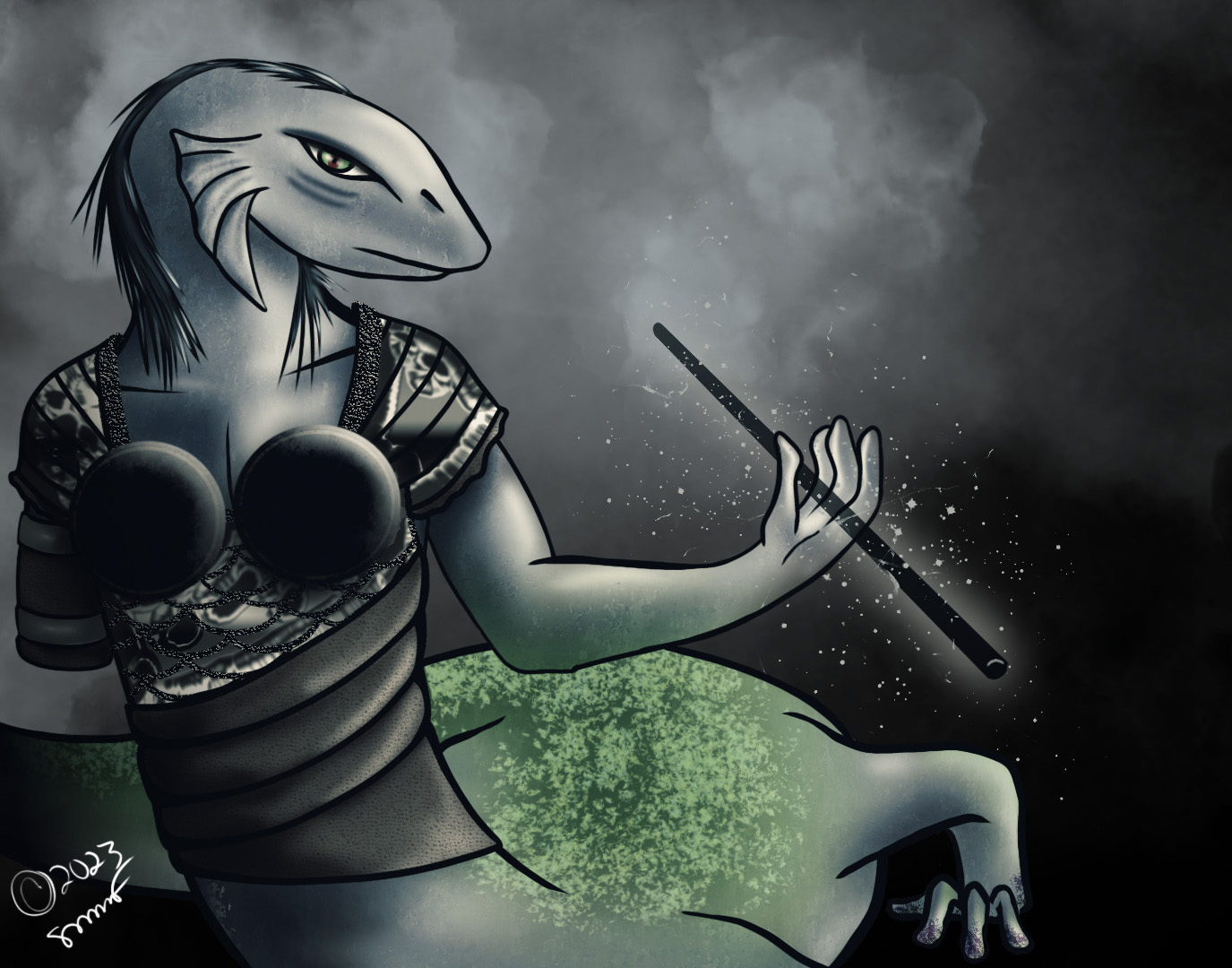



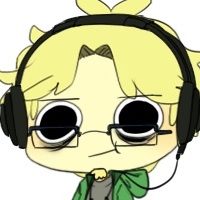
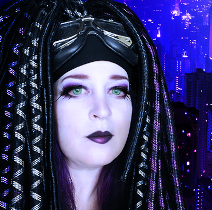
What a great article. The descriptions of the different creatures and the loving drawings about them. Very inspiring indeed - I love them all, but I would probably be best friends with the Chavosin and Glejeth.
Thanks :) The drawings took a little longer than I expected, but I'm glad they turned out as well as they did! I would probably spend a lot of time with glejeth myself, because they love books and learning.